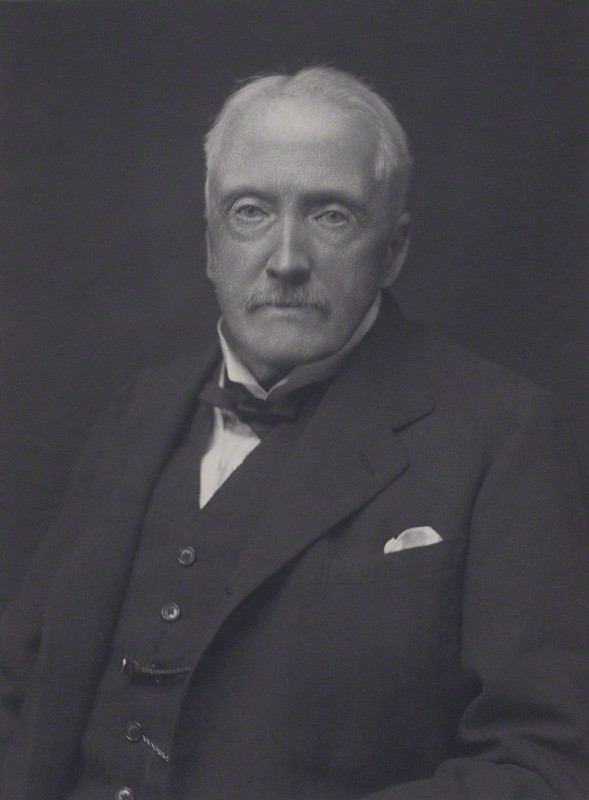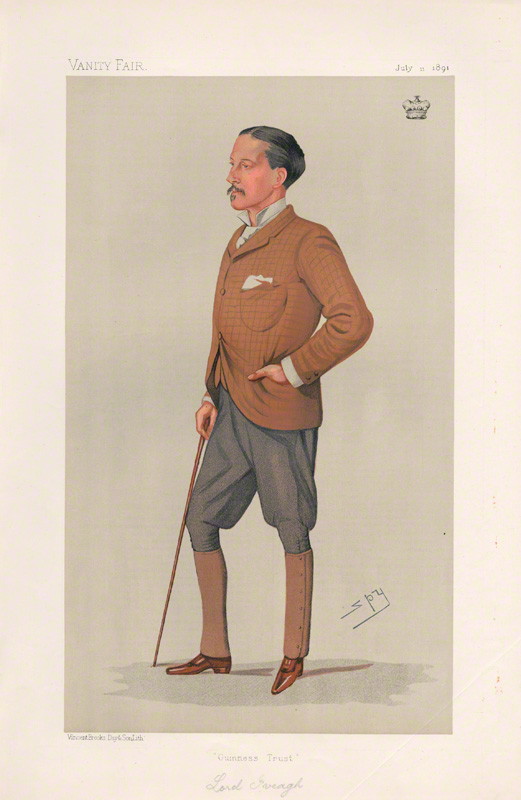
Today is the birthday of Philip R. Ebling (November 12, 1830-October 12, 1895). Along with his brother William Ebling, he founded the Ebling Brewing Co., which was known by several different names during its life from 1868 to 1950, including the Philip Ebling & Bro. Wm., Aurora Park Brewery, Ph. & Wm. Ebling Brewing Co. and Ebling Brewing Co., which was its name almost the entirety of the 20th century, both before and after prohibition.
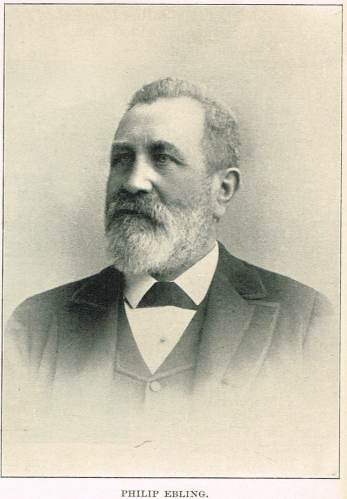
This short biography is from his Find-a-Grave page:
Philip R. Ebling, was born at the family home in Monsheim, near the city of Worms, Province of Hesse, Germany. In 1857 he embarked in a sailing vessel from a German seaport for New York City, arriving at Castle Garden.
He then took up his abode in the Borough of the Bronx, New York City, where he sought employment at his trade. He quickly adapted himself to the baker’s business, as it was practiced in this country, and continued for a number of years. Having finally abandoned his trade, he became engaged in the manufacture of vinegar, and in 1868 established a brewery on St. Anns avenue, under the name of the Ebling Brewery Company. The enterprise was a success from its inception, and Mr. Ebling continued the guiding spirit in the company until his death. He married, in his native land, Catherine Baum, born in Biebesheim, a village near the city of Worms, Province of Hesse, Germany, October 10, 1833. He had six children: Philip Jacob, William, Louise, Pauline, Johanna and Louis Moritz.
The brewery apparently aged some of their beer in Bronx caves, and for some of their beers, like Special Brew, whose label boasts that the beer was “aged in natural rock caves.” Which sounds crazy, but in 2009, road construction crews in the Melrose section of the Bronx found the old caves, which was detailed by Edible Geography in Bronx Beer Caves.
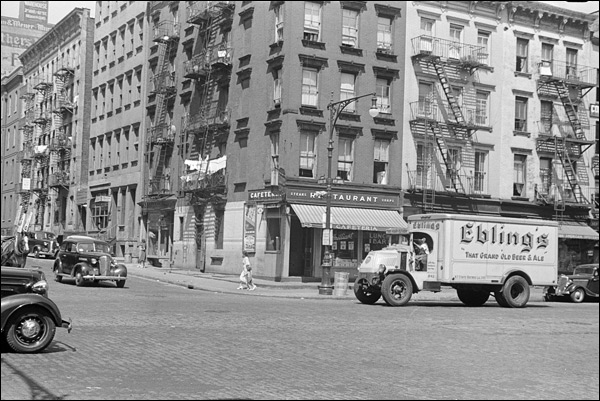
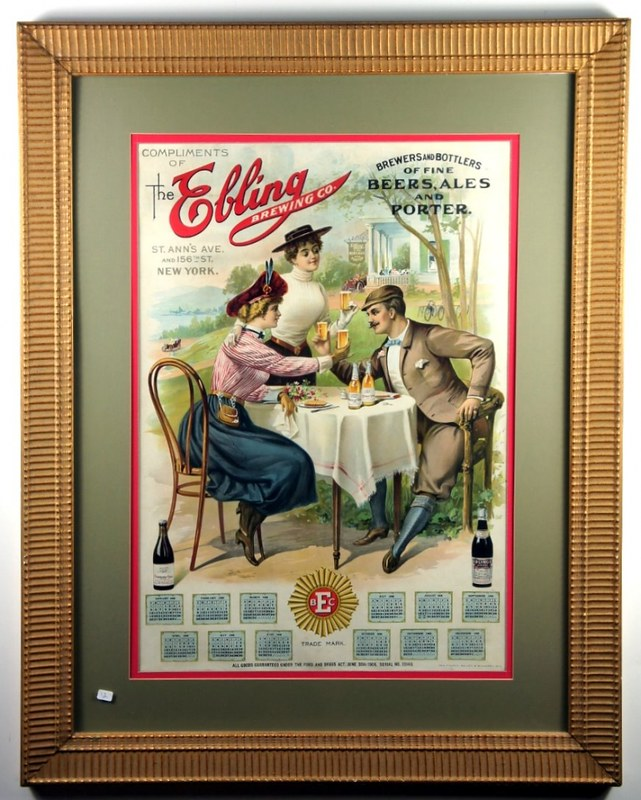
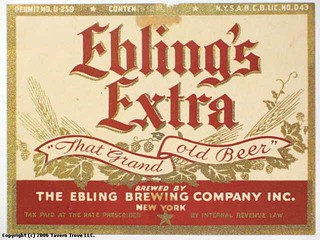
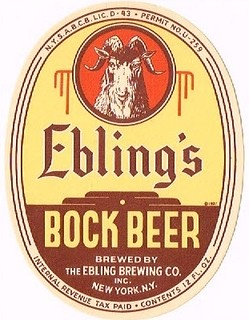

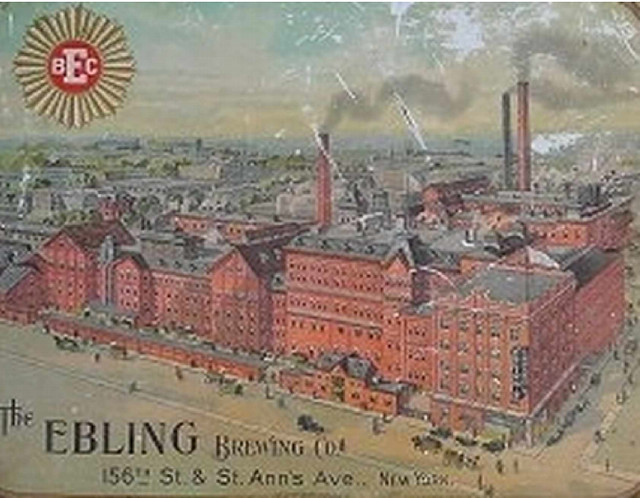

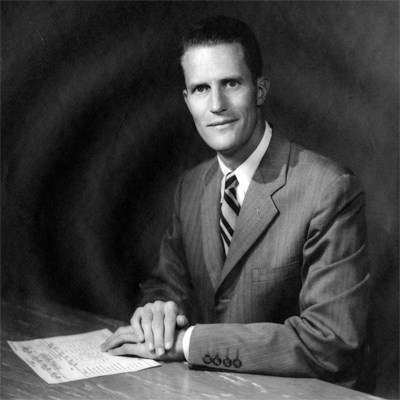
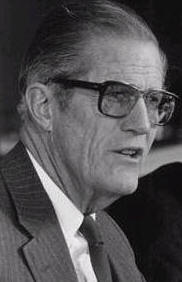
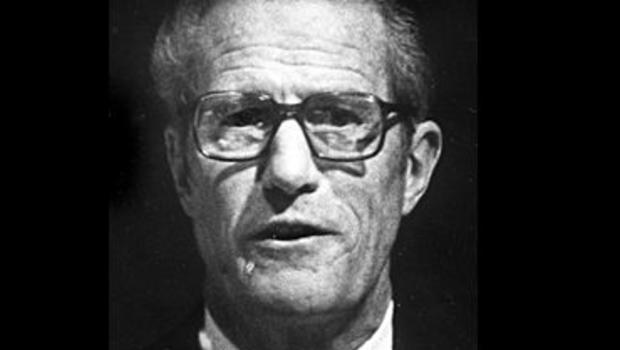
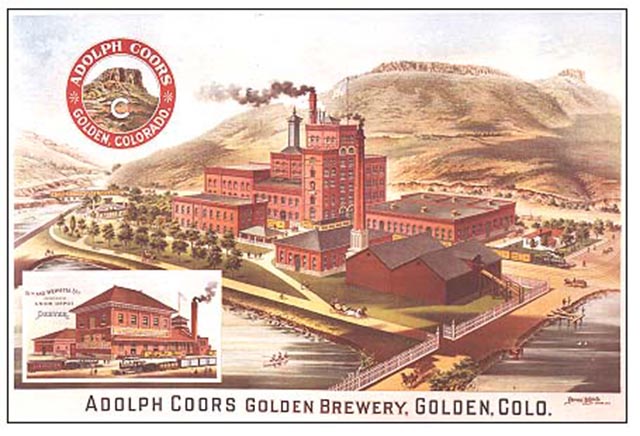

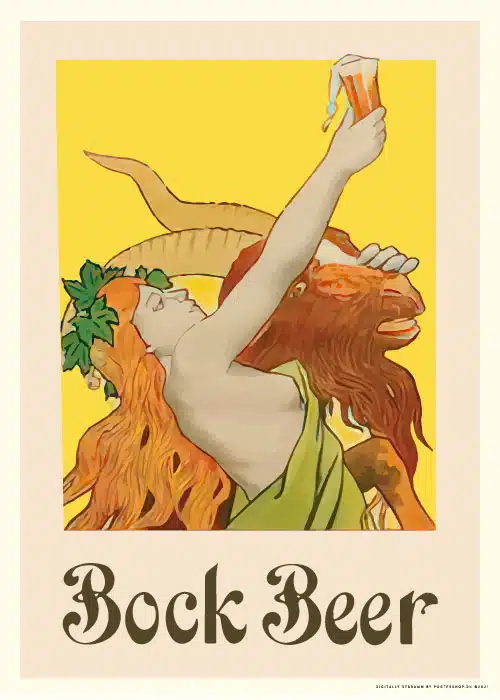

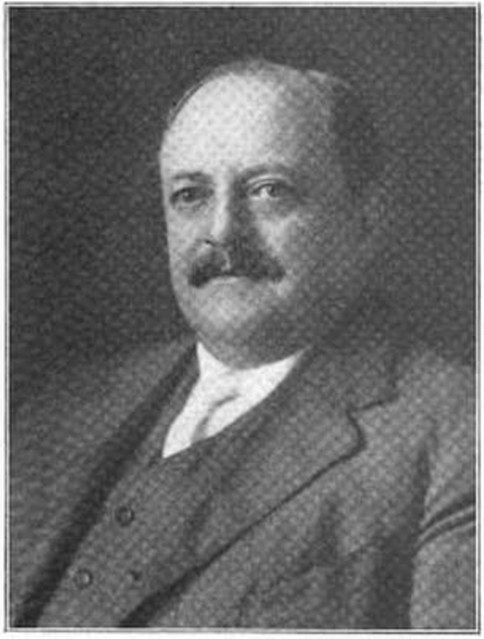
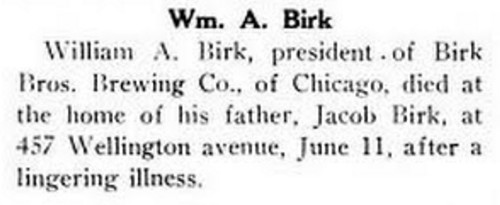
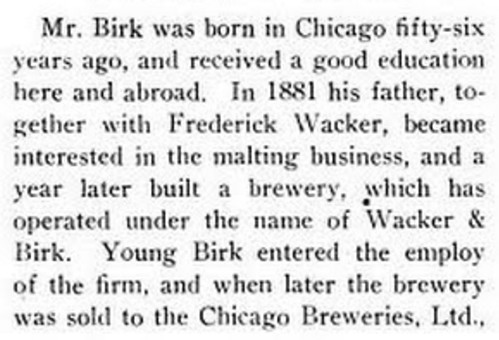
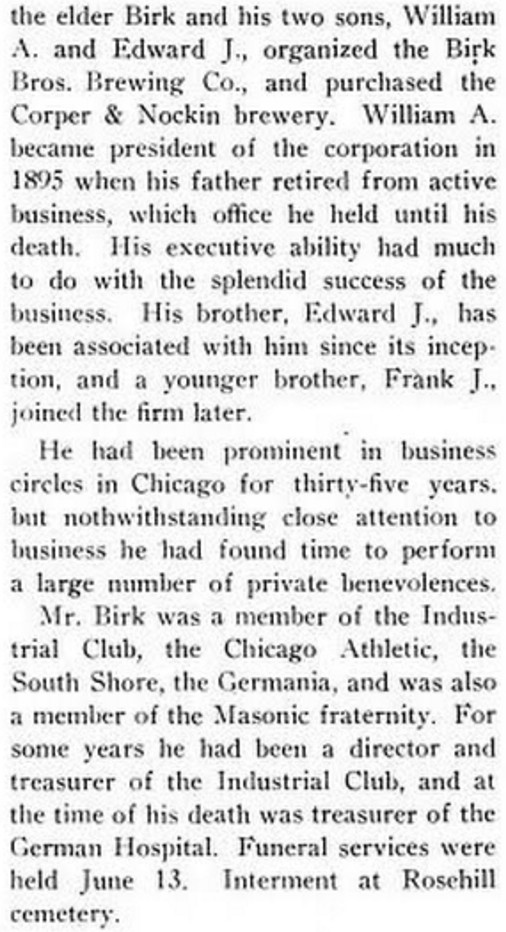
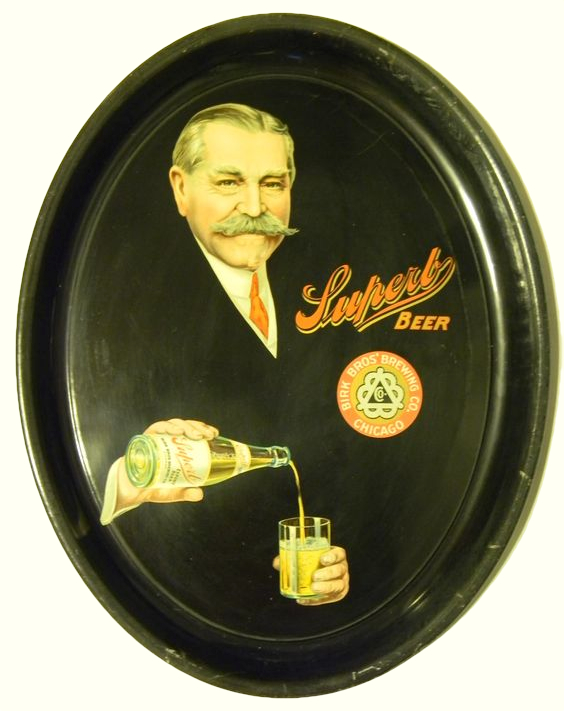
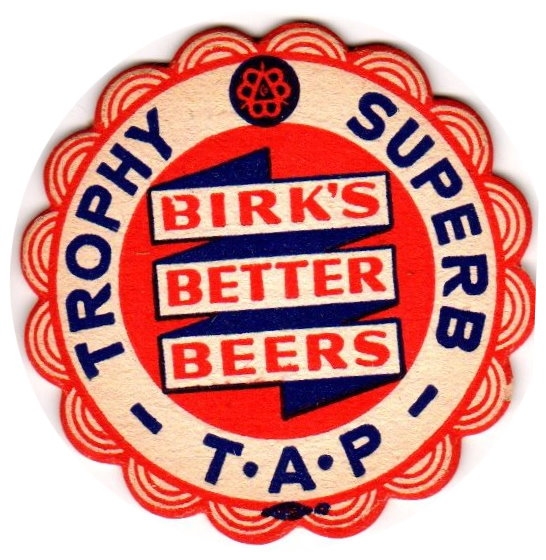

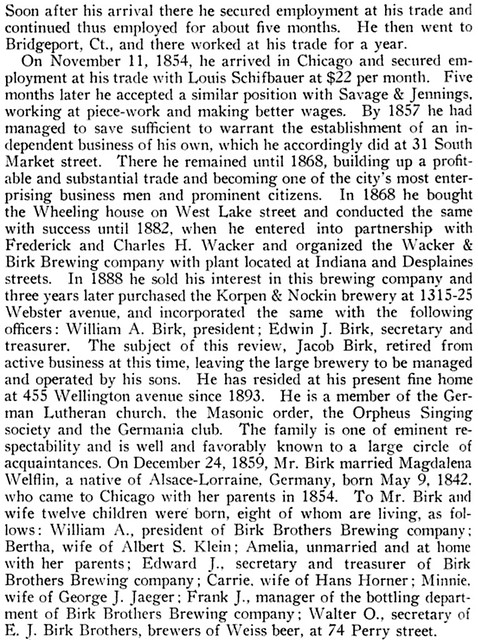
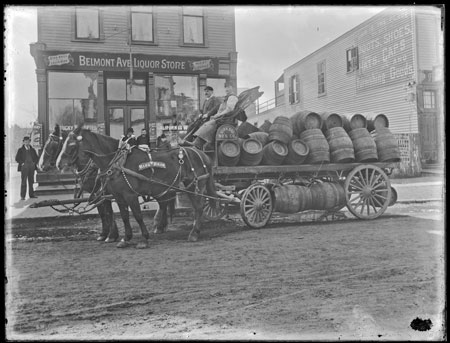
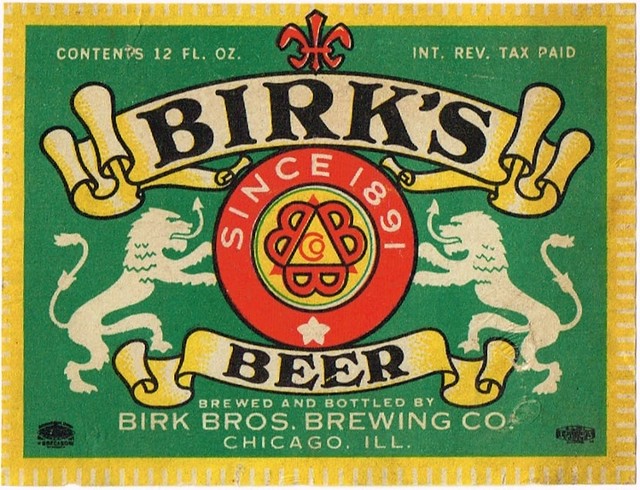
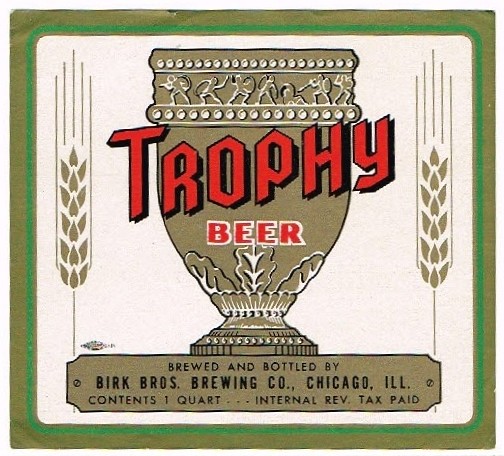


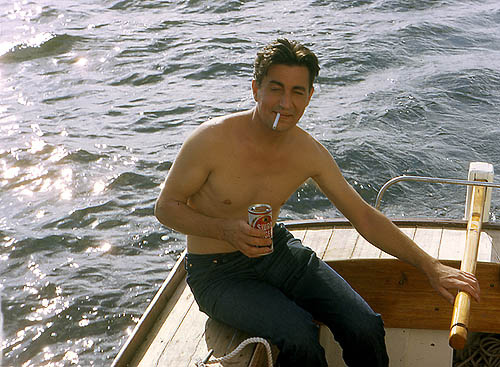



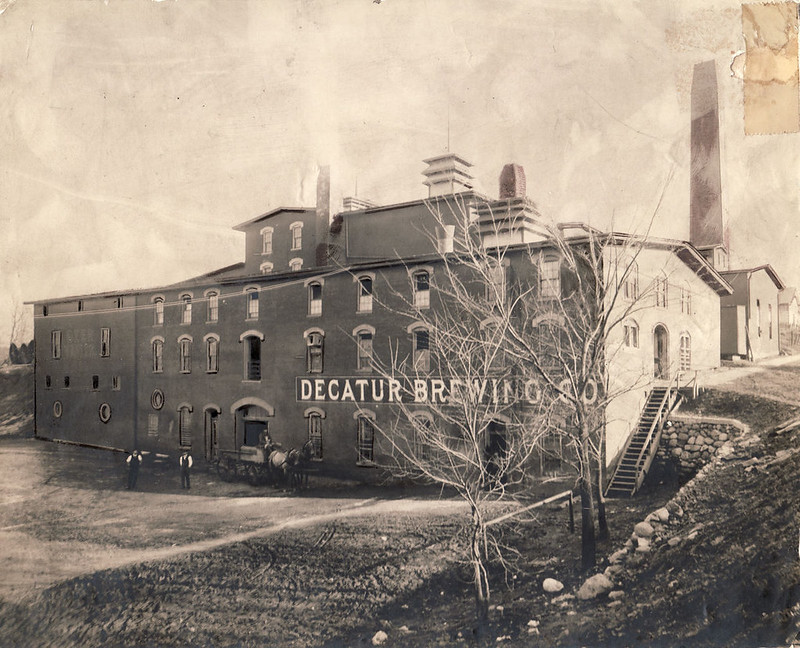
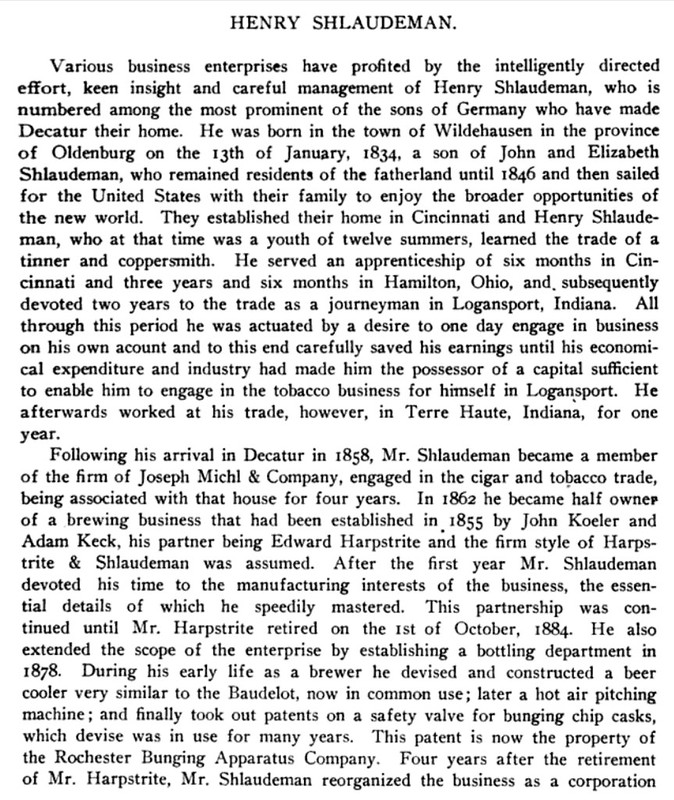
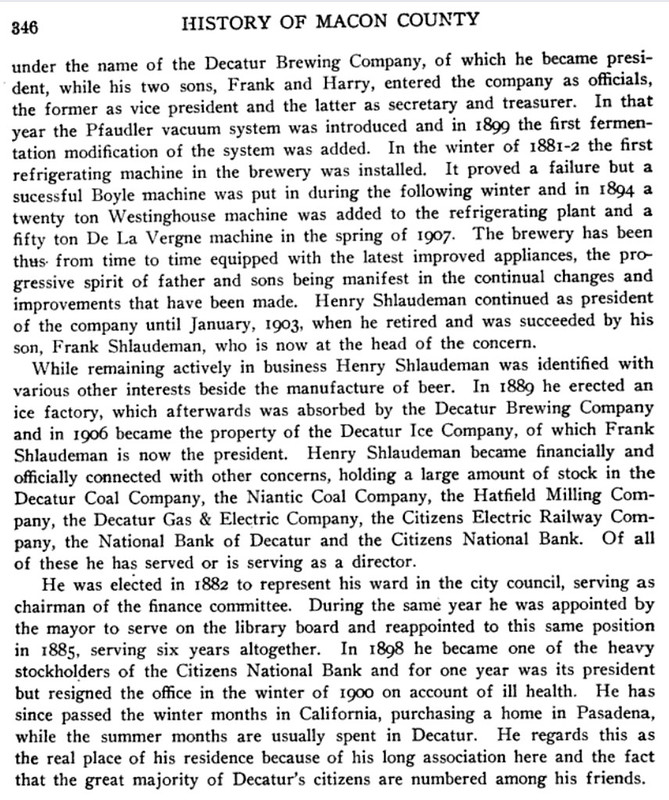
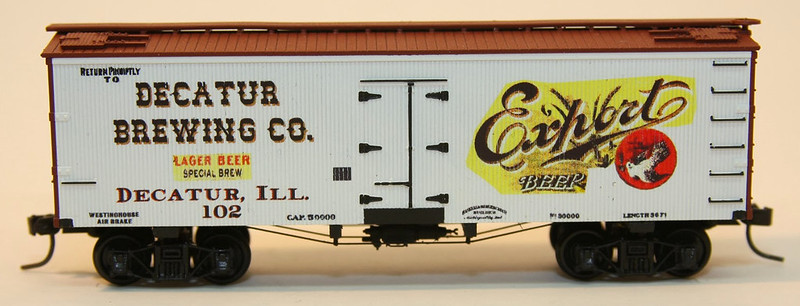
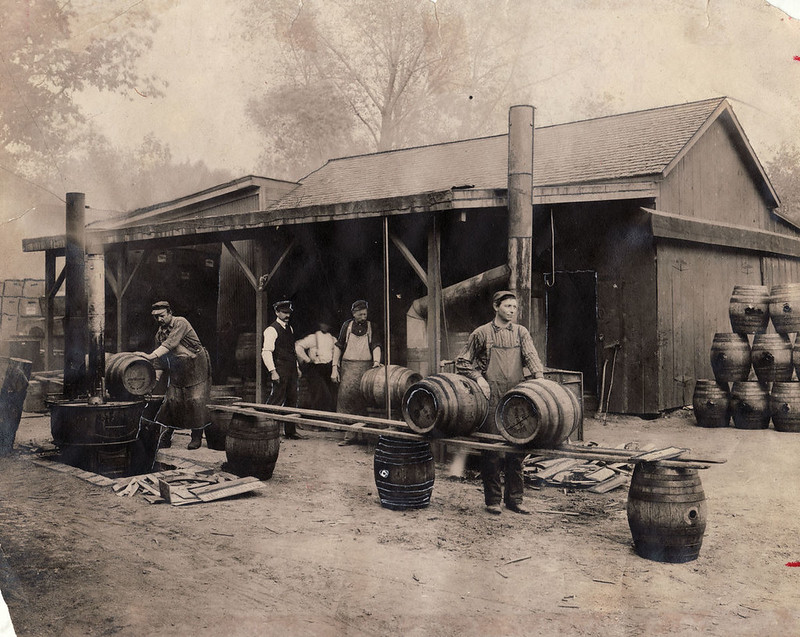 The keg line at the Decatur Brewing Co.
The keg line at the Decatur Brewing Co.


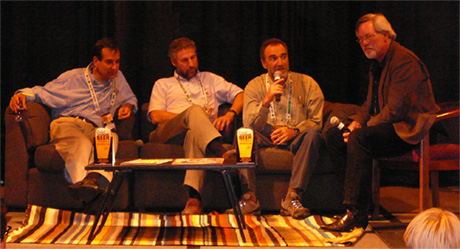

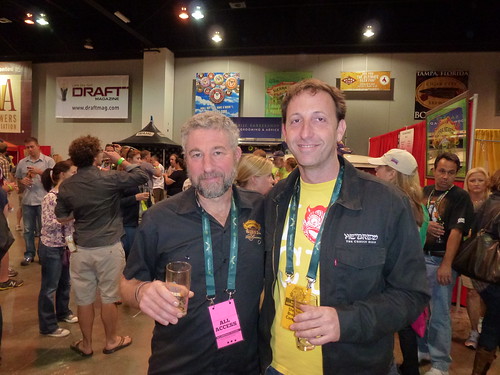









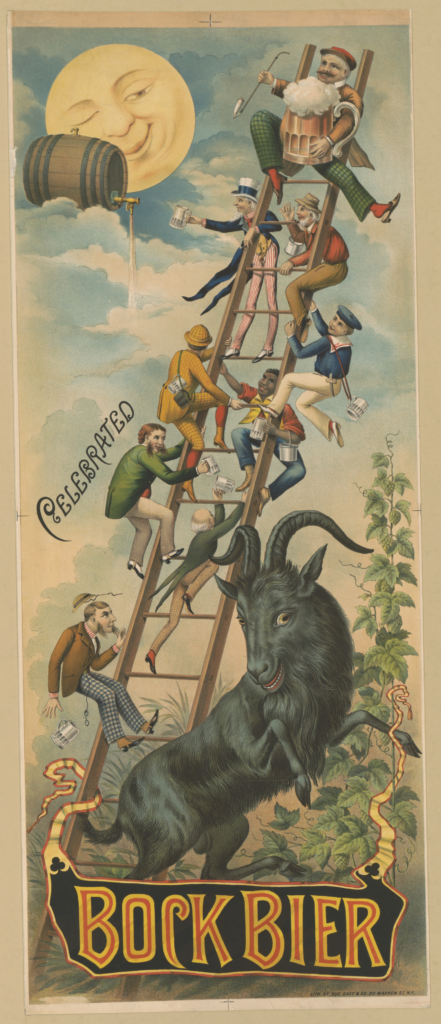

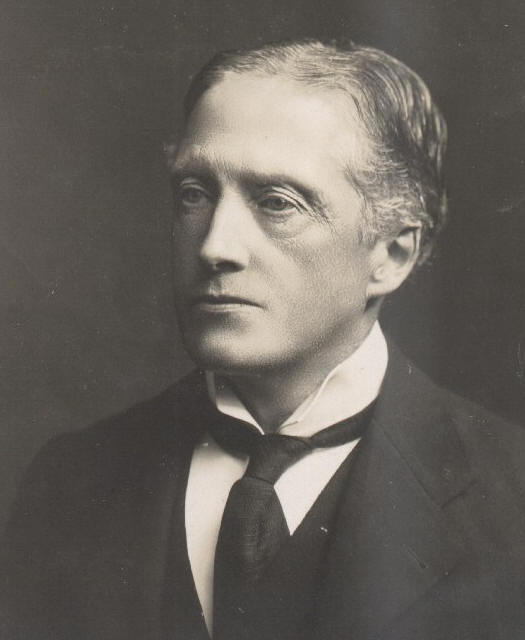
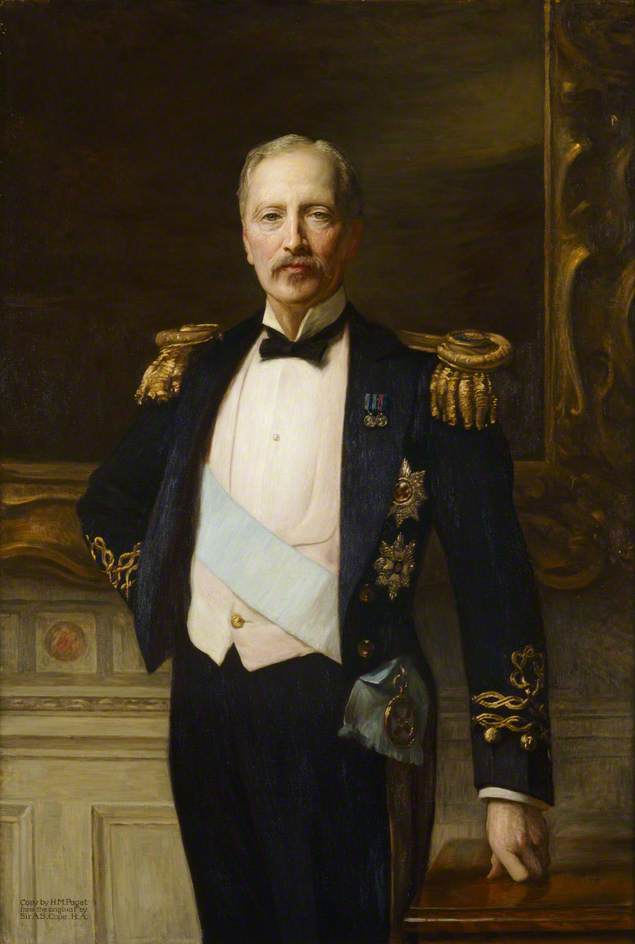 A portrait of Edward Cecil Guinness, painted by Henry Marriott Paget (1856–1936).
A portrait of Edward Cecil Guinness, painted by Henry Marriott Paget (1856–1936).